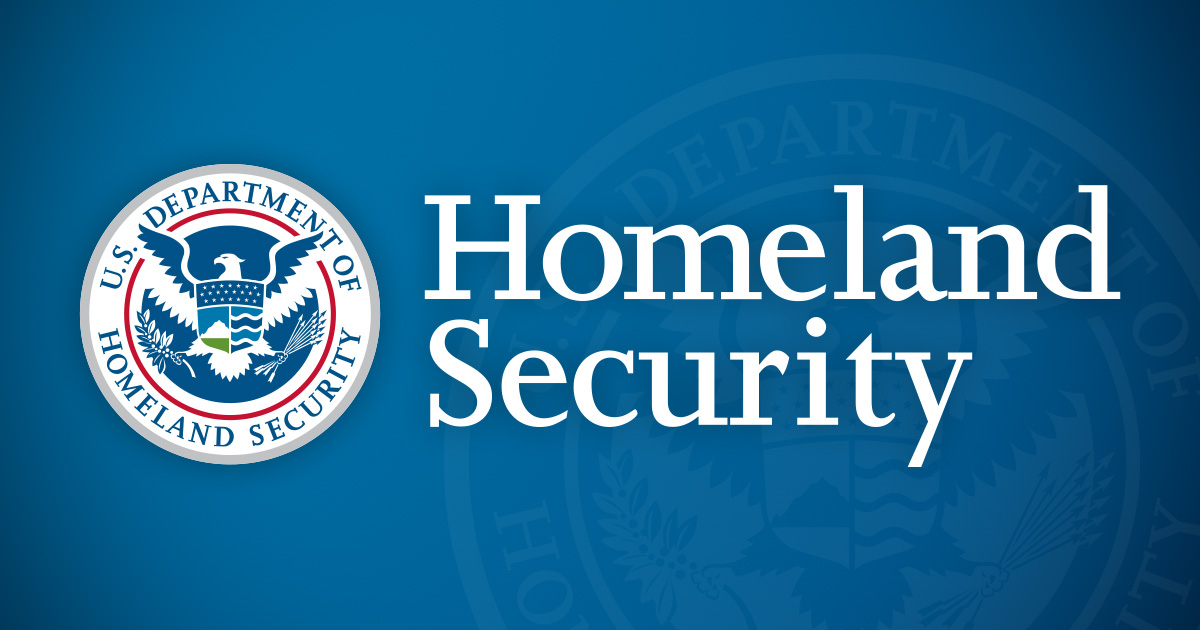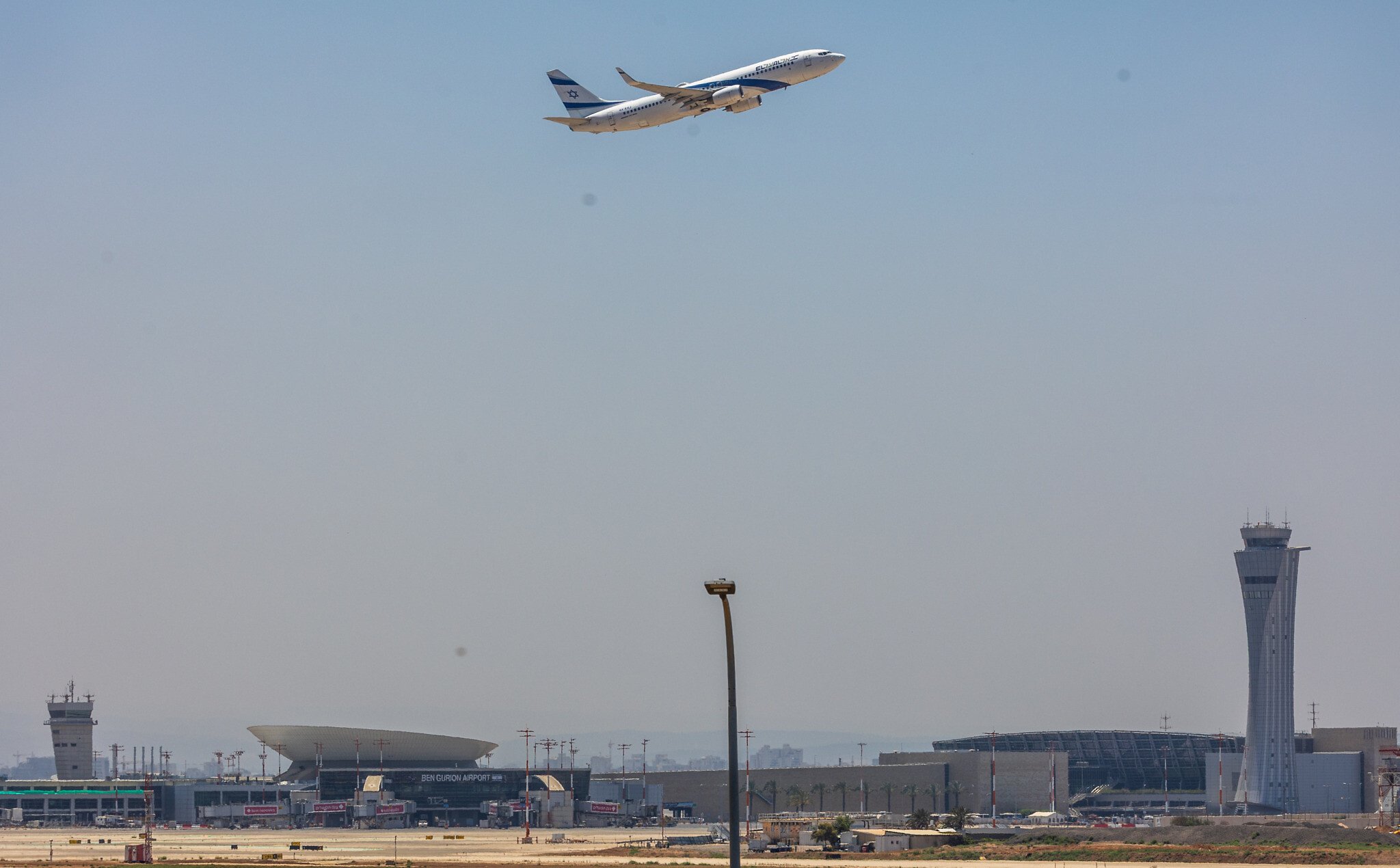What Happened
On June 22, 2025, the U.S. Department of Homeland Security (DHS) issued a National Terrorism Advisory System Bulletin highlighting an increased threat environment in the United States due to the ongoing conflict between Iran and Israel. The bulletin indicated that low-level cyber attacks against U.S. networks by pro-Iranian hacktivists are likely, and there is a potential for violent extremists to mobilize in response to heightened tensions. The advisory noted that recent terrorist attacks in the U.S. have been motivated by anti-Semitic or anti-Israel sentiments, suggesting that the current geopolitical climate could inspire further violence.
Simultaneously, the Australian government released a travel advisory through its Smartraveller service, warning that the conflict in the Middle East could have global ramifications, including increased risks of terrorist attacks and civil unrest. The advisory emphasized that travelers should remain vigilant, particularly in areas frequented by tourists and near foreign embassies. It also highlighted potential disruptions to travel plans due to airspace closures and the unpredictable nature of the conflict.
Key Details
- U.S. Advisory Issued: June 22, 2025, set to expire on September 22, 2025.
- Threats Identified: Increased likelihood of cyber attacks by Iranian-affiliated actors and potential for violent extremism in the U.S. motivated by the Iran-Israel conflict.
- Recent Attacks: Multiple terrorist incidents in the U.S. have been linked to anti-Semitic sentiments, with the bulletin warning of a possible uptick in such activities.
- Australian Advisory: Issued concurrently, warning of global impacts from the Middle East conflict, including potential travel disruptions and increased security risks.
- Travel Recommendations: Travelers are advised to monitor local news, report suspicious activities, and stay informed about the security situation in their destinations.
Multiple Perspectives
The U.S. advisory reflects a cautious approach to national security, emphasizing the need for vigilance among citizens and law enforcement. According to the DHS, the potential for retaliatory violence could escalate if Iranian leadership were to issue a religious ruling calling for attacks against U.S. targets. This perspective underscores the interconnectedness of international conflicts and domestic security concerns.
Conversely, the Australian advisory takes a broader view of the implications of the Middle East conflict, suggesting that the situation could lead to global repercussions, including protests and civil unrest in various countries. The advisory warns that even travelers not directly visiting the Middle East could face disruptions and heightened risks. This perspective highlights the unpredictable nature of geopolitical conflicts and their ability to affect global travel and security.
While both advisories share a common theme of increased vigilance, they differ in focus. The U.S. advisory is more centered on specific threats to national security, while the Australian advisory emphasizes the broader implications for travelers worldwide.
Context & Background
The ongoing conflict between Iran and Israel has historical roots, with tensions exacerbated by various geopolitical events, including military actions and diplomatic disputes. The assassination of Iranian military commander Qasem Soleimani by the U.S. in January 2020 marked a significant escalation in hostilities, leading to a series of retaliatory actions and heightened tensions in the region.
In recent years, there has been a noted increase in anti-Semitic incidents in the U.S., often correlated with international events involving Israel. The DHS bulletin suggests that the current conflict could further inflame these sentiments, potentially leading to domestic violence. This context is essential for understanding the motivations behind the advisories issued by both the U.S. and Australian governments.
The travel advisories serve as a reminder of the complexities of international relations and their direct impact on citizens’ safety and travel plans. As conflicts evolve, governments must continuously assess and communicate potential risks to their citizens.
What We Don’t Know Yet
While the advisories provide a framework for understanding the current threat landscape, several uncertainties remain. The specific nature and timing of potential attacks or cyber incidents are not detailed, leaving open questions about how these threats might manifest. Additionally, the effectiveness of preventive measures taken by law enforcement and cybersecurity agencies in the U.S. and Australia remains to be seen.
Furthermore, the potential for escalation in the Middle East conflict is unpredictable, and the advisories do not provide definitive timelines or outcomes. As the situation develops, ongoing monitoring and updates from government agencies will be crucial for travelers and citizens alike.
In summary, the advisories underscore the importance of remaining informed and vigilant in the face of evolving threats, while also highlighting the broader implications of international conflicts on domestic security and travel safety.


